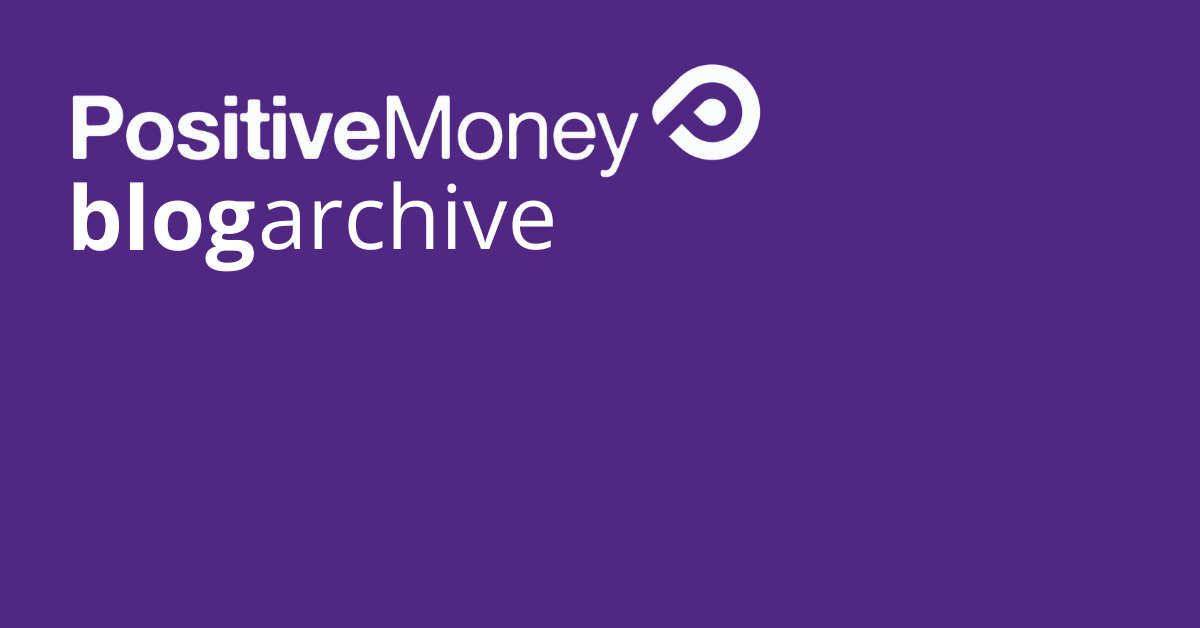How the Dutch Treat their Banks

On March 22nd Jan Hommen, the chief executive of Dutch bank ING, announced that on second thoughts he would forgo his bonus because he and fellow board members had underestimated the negative public reaction to its announcement some days before. The ‘negative public reaction’ had taken the form of furious outbursts by Dutch politicians and the public; it was outrageous of Mr Hommen to receive a bonus of 1 million euros while ING still owes 4 billion euros to the Dutch government. So wrong in fact that there was talk of repeated visits to ATMs and mass deposit withdrawals.
The Dutch public have form in matters of this kind. In 2009 public disquiet at the practices of DSB, a mortgage lender, led to the withdrawal by its depositors of sufficient funds to render the business bankrupt in a matter of days ((http://news.bbc.co.uk/1/hi/business/8323991.stm)). The Dutch press estimated that up to a quarter of the bank’s assets (600m euros) was withdrawn in a few hours. So disturbing to the Dutch establishment were these events that they are considering a new law to make calling for a run on a bank a criminal act. ((http://www.bloomberg.com/news/2010-12-23/netherlands-plans-to-make-call-for-bank-run-a-criminal-offense.html))
In comparison the response in Britain to details of the jaw dropping inducements to be paid to Antonio Horta-Osorio in his first year as the newly appointed CEO at LloydsTSB, the 40% state owned banks bailed out to the tune of £850billion, has been what? (( http://www.guardian.co.uk/business/2011/mar/30/lloyds-antonio-horta-osorio-pay-deal-shares )) There has been a scattering of press stories with some adverse comment from some city editors and some Left wing pundits and think tanks have tut-tutted.
Of course the British can be more robust in the negative reaction to the banks. A few days before the announcement of Mr Horta-Osorio’s pay package some disaffected members of the public kicked in the front window of a Santader branch in London and daubed paint over the fronts of the nearby branches of other banks, including Lloyds TSB. Maximum media outrage was assured as this happened during the TUC coordinated march on March 26th against the public spending cuts initiated by the government’s attempt to eliminate the government deficit within the next five years.
But rushing around in black and daubing paint on icons of capitalism is too self-referential to be an effective expression of the public’s disquiet and anger about banks. UK Uncut’s recent occupation of Barclays branches turning them into temporary libraries was a better piece of public consciousness raising. But both pale into insignificance against the Dutch example, a public reaction with the power to force politicians, authorities and bankers to face up to the inequities and social cost of the present banking system.